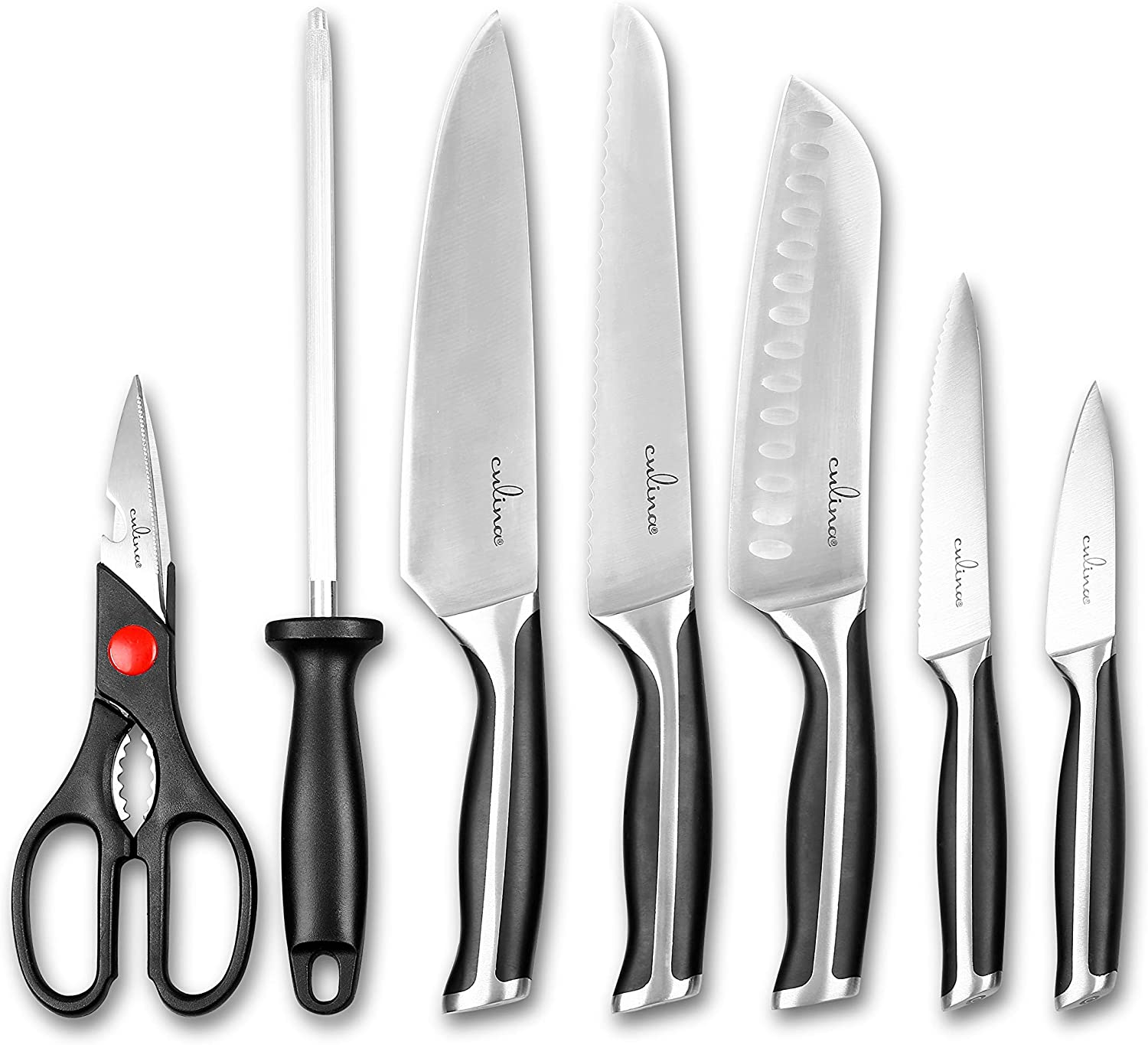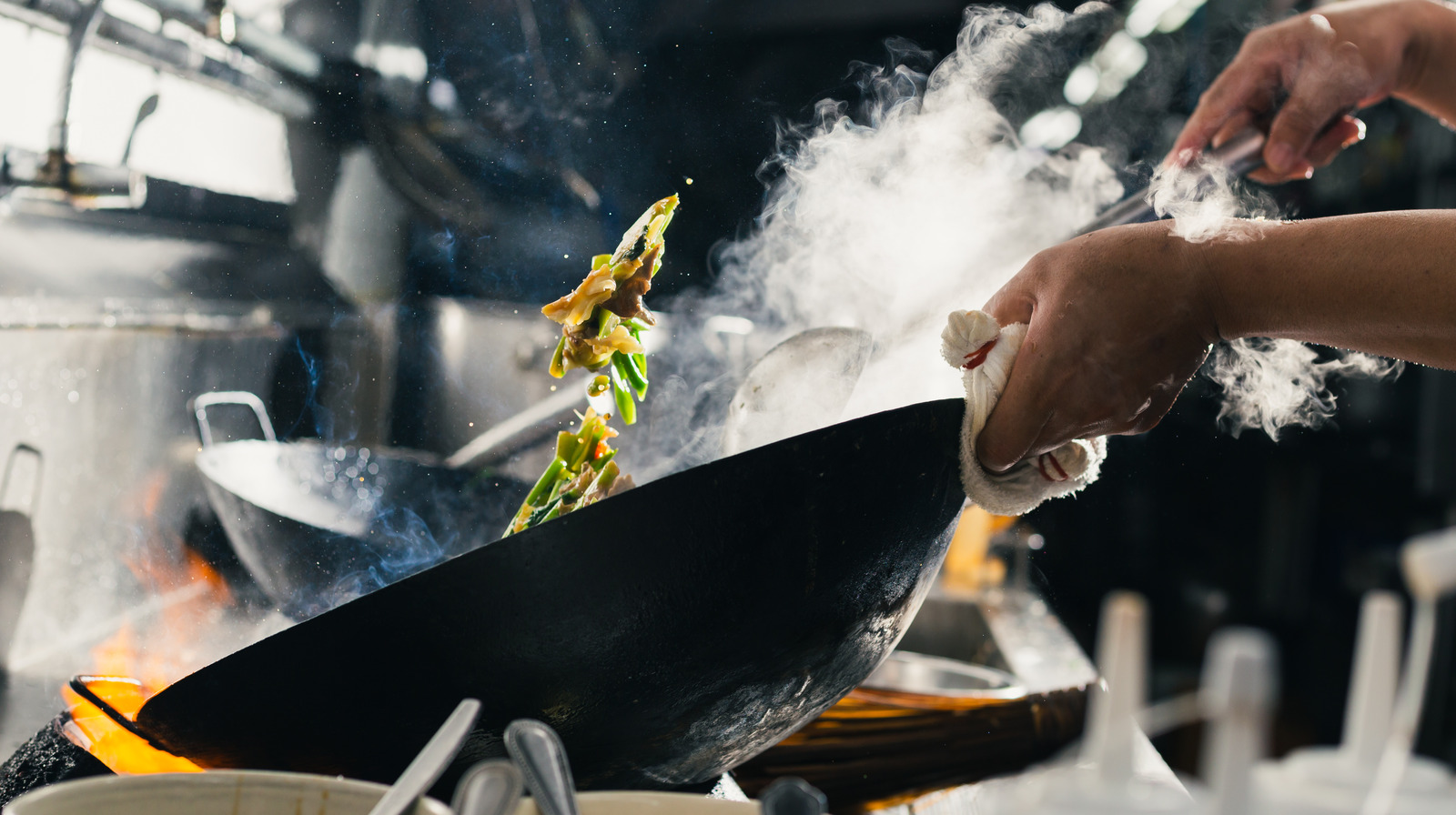Choosing the right wok is crucial for kitchen professionals who aspire to create mouth-watering dishes. When understanding how to pick a wok, chefs must consider various factors, from material and shape to size and usage.
In culinary circles, the wok is revered not just as a cooking tool, but as a symbol of authentic cooking. It is pivotal in Asian cuisine for its versatility. Lets delve deeper into the key aspects of selecting the perfect wok.

Understanding The Different Types of Woks
Choosing the right type of wok greatly influences your cooking experience. Here are the main types encountered by professionals:
- Carbon Steel Wok: Highly favored by chefs for its quick heating and seasoning capabilities.
- Cast Iron Wok: Known for excellent heat retention; it requires careful maintenance.
- Non-Stick Wok: Perfect for beginners, as food doesnt stick easily. However, it may not withstand high heat.
- Stainless Steel Wok: Durable and resistant to rust, but it requires specific techniques for cooking.

Key Features to Consider When Picking a Wok
When it comes to how to pick a wok, understanding the features that matter can enhance your cooking. Here are some critical elements to examine:
1. Material Quality
The material affects how well the wok heats and distributes heat. Carbon steel is generally recommended for its ability to withstand high temperatures.
2. Shape Matters
The traditional round-bottom woks are designed for stovetops, while flat-bottom woks are more versatile for various burners, including electric ones.
3. Size Selection
Consider the capacity necessary for your culinary needs. A 14-inch wok is a versatile choice for most kitchens.
4. Handle Type
Woks come with two types of handles: a long handle and a helper handle. A long handle allows for better maneuverability during cooking, while the helper handle can support heavier contents.

How to Care for Your Wok
Once you've chosen your wok, maintaining it is vital to ensure longevity and performance:
- Regularly clean your wok to build up a natural non-stick surface.
- Avoid using soap on seasoned woks; a simple rinse is often enough.
- After washing, dry and apply a light coat of oil to prevent rust.

Common Mistakes to Avoid When Picking a Wok
Avoiding these mistakes can lead you to a successful wok selection:
- Overlooking the Weight: A lighter wok may be easier to handle, but it can also heat unevenly.
- Ignoring Compatibility: Ensure the wok is suitable for your heat source, especially for electric stoves.
- Neglecting Reviews: Check reviews or expert recommendations before making a purchase.
What to Cook in Your Wok
With the right wok, the culinary possibilities are endless. Here are some engaging dishes to try:
- Stir-Fried Vegetables: Quick cooking pasta with a variety of vegetables.
- Wok-Fried Rice: A classic choice that showcases the wok's ability to mix flavors seamlessly.
- Asian-style Sauces: Perfect for marinating or simmering arrangements.
If you're facing issues with your wok, you might find it helpful to read about fixing a sticky wok, or how long to season it properly. For more insight on the differences between a wok and a frying pan, check out this article.
FAQs About Picking a Wok
1. What is the best material for a professional wok?
The best material for a professional wok is typically carbon steel, due to its heat distribution and seasoning properties.
2. Can I use a non-stick wok over high heat?
No, non-stick woks should not be used over high heat as they can release harmful chemicals and damage the coating.
3. How often should I season my wok?
You should season your carbon steel wok regularly, especially after initial use, to maintain its non-stick surface.
For an expert guide on using a wok, visit Epicurious for some valuable insights.
As an Amazon Associate, I earn from qualifying purchases.






Leave a comment
This site is protected by hCaptcha and the hCaptcha Privacy Policy and Terms of Service apply.